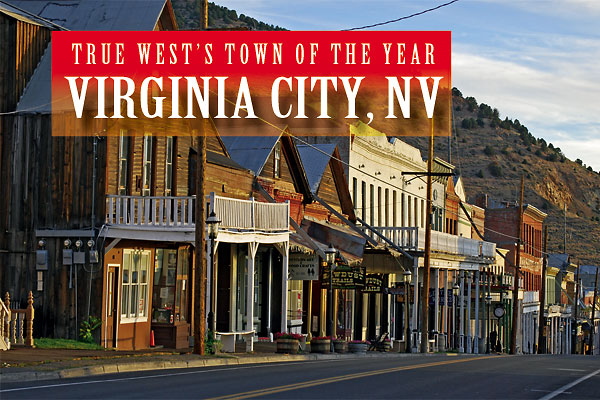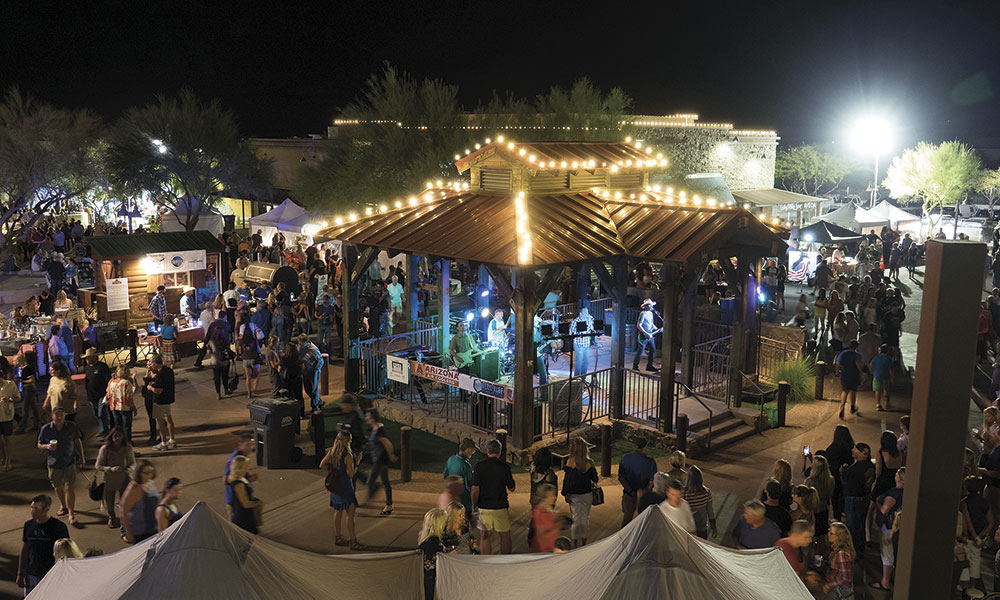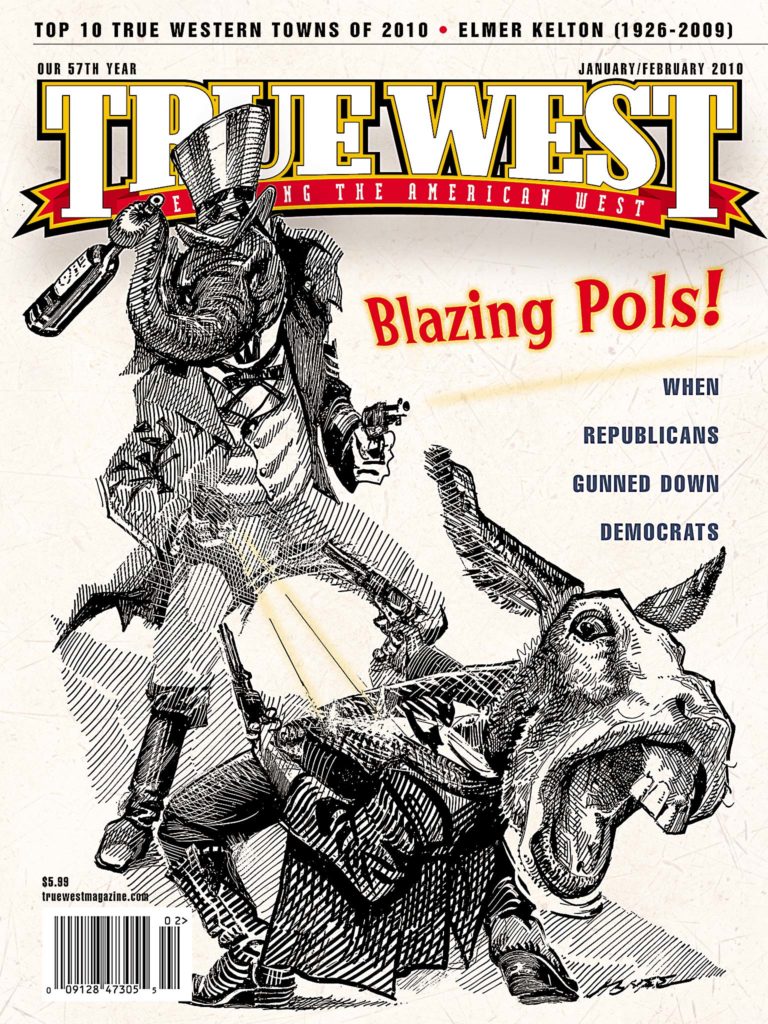6. FORT PIERRE, SOUTH DAKOTA
Rancher Roy Rogers Norman and his wife Edith left a lasting mark in South Dakota. They researched 1880s surveyor maps to discover pioneer trails and, beginning in 1975, they personally dug post holes and painted 52 signs to mark one such route: the Deadwood Trail going westward from Fort Pierre, South Dakota—population 1,991.
For the past two years, the museum that Roy Norman helped organize, Verendrye Museum, has continued the Normans’s preservation efforts by keeping the history of these trails alive through trail rides. Its Fort Pierre-Deadwood Trail ride was held in 2008 to commemorate the closure of the trail in 1908, when the advancement of railroads through the Black Hills meant bull and mule trains were no longer needed to freight supplies over the trail. In 2009, horseback riders and stagecoach drivers met at Fort Bennett, near Casey Tibbs’s homestead, to commemorate the 1950s world champion bronc rider in a trail ride that ended in Fort Pierre for the grand opening of the Casey Tibbs South Dakota Rodeo Center.
That’s not the end of the trail as far as the city’s historic offerings go. In fact, last year the National Park Service and the South Dakota State Historical Society worked together to release a travel itinerary of the city’s 37 historic sites. The State Historic Preservation Office has also designed more than 30 signs, featuring photos and information, to designate historic sites in the area, with a few signs already installed at sites such as the Verendrye Monument. The city of Fort Pierre is also working on establishing tours of its historic sites, as well as figuring out a way to highlight its historic districts (one plan calls for installing distinctive street signs).
One of the historic sites goes all the way back to the city’s namesake, Pierre Chouteau Jr—the fur trading post he established here in 1832 as the American Fur Company’s headquarters in the Upper Missouri region. Excavations at the site have unearthed the original foundations as well as numerous artifacts. Archaeologists continue to dig at the site with the hopes of bringing to life the everyday workings of the post.
The city also pays homage to Lewis and Clark at area museums and Lilly Park, near the mouth of the Bad River, where the explorers held their first meeting with the Teton Sioux in 1804. Two earlier explorers, the Verendryes, left their claim here in 1743 by burying a lead plate, which teenagers found in 1913; it is on exhibit at the South Dakota Cultural Heritage Center. A local company, Steamboat’s Inc., helps travelers experience the region much like Lewis and Clark, and the Verendryes, did, in a canoe. Although you won’t see the buffalo roam the grasslands like these explorers did, you can find them at the Triple U Buffalo Ranch, which was also a filming location for Kevin Costner’s Dances With Wolves.
Whether it is keeping historic trails alive via wagon train trips or sharing its heritage through city-wide signs, Fort Pierre exhibits a sentiment that Kicking Bird expressed to Costner’s character Lt. Dunbar in the 1990 film: “Of all the trails in this life, there is one that matters most. It is the trail of a true human being.” This city is on that trail, and it is good to see.





